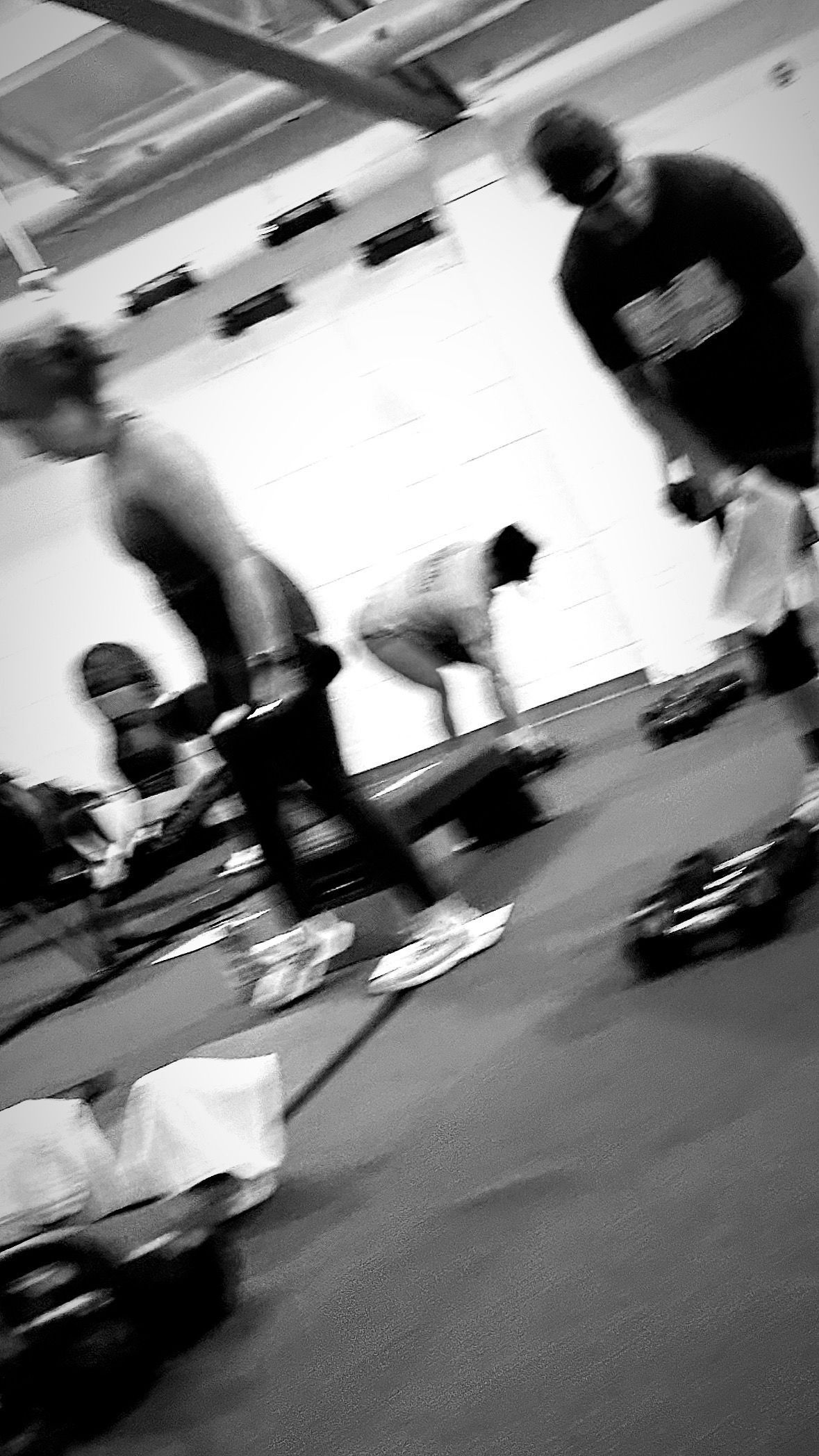The Ultimate Guide to Structuring a Full-Body Workout Routine
When it comes to building muscle, improving body composition, and training efficiently, full-body workouts are one of the best approaches—especially if you’re training three times per week. The key to a well-structured full-body routine is ensuring you hit all major movement patterns, rather than just focusing on individual muscle groups. In this guide, we’ll break down the six essential movement patterns you should include in every full-body workout and why training each muscle group at least every 72 hours is superior for muscle growth.
The 6 Key Movement Patterns of a Full-Body Workout
A well-balanced full-body routine should include a pull, push, leg movement, hip hinge, core, and unilateral exercises for both arms and legs. Here’s why each one matters and examples of how to incorporate them:
1. Pull (Back & Posterior Chain Focused)
Pulling exercises are crucial for posture, shoulder health, and overall strength. Most people naturally overemphasize pushing exercises in their workouts (presses, push-ups, etc.), which can lead to muscle imbalances and poor posture. Since we spend much of our day rounding forward (desk work, driving, phone use), pulling exercises help correct this by strengthening the back, rear shoulders, and posterior chain.
🔹 Examples: Barbell Rows, Lat Pulldowns, Face Pulls, TRX Rows, Dumbbell Rows
2. Push (Chest, Shoulders, and Triceps)
Pushing movements train the chest, shoulders, and triceps, which are important for upper body strength and daily functional movements like pushing doors or carrying groceries.
🔹 Examples: Dumbbell Bench Press, Overhead Press, TRX Chest Press, Push-Ups
✅ Balance Tip: Since most people naturally do more pressing than pulling, make sure you include at least 1.5–2x as many pulling exercises in your program.
3. Leg (Quad-Dominant Movements)
Quad-dominant exercises focus on knee extension and build lower body strength and stability. These movements are essential for daily activities like walking, climbing stairs, and squatting down.
🔹 Examples: Barbell Squats, Goblet Squats, Bulgarian Split Squats, Leg Press
4. Hip Hinge (Glutes & Hamstring Focused Movements)
Hip hinge movements strengthen the posterior chain (glutes, hamstrings, and lower back), improve athletic power, and reduce injury risk. Most people lack proper hip hinge strength because of too much sitting, so these exercises are a must!
🔹 Examples: Deadlifts, Hip Thrusts, Romanian Deadlifts (RDLs), Kettlebell Swings
5. Core (Anti-Rotation, Rotation, Stability Work)
Core work isn’t just about aesthetics—it’s about building strength and stability to protect the spine and improve performance in all other movements. Your core should be trained beyond just crunches, focusing on anti-rotation, anti-extension, and rotational strength.
🔹 Examples: Hanging Leg Raises, Woodchoppers, Deadbugs, Pallof Press, GHD Sit-Ups
✅ Balance Tip: Incorporate both static holds (planks, Pallof presses) and dynamic movements (chops, leg raises) to build a resilient core.
6. Unilateral Movements (Single-Side Focused Strength & Stability)
Single-leg and single-arm exercises are crucial for fixing muscle imbalances, improving stability, and enhancing athletic performance.
🔹 Examples (Lower Body): Step-Ups, Bulgarian Split Squats, Single-Leg RDLs
🔹 Examples (Upper Body): Single-Arm Rows, One-Arm Shoulder Press, Half-Kneeling Cable Press
✅ Balance Tip: Unilateral training improves coordination, balance, and core activation, which translates to better performance in compound movements.
Why Full-Body Workouts 3x/Week Are Superior for Muscle Growth
When training for muscle hypertrophy, hitting each muscle group at least every 72 hours is optimal for maximizing protein synthesis—the process that repairs and grows muscle tissue after training. Here’s why full-body workouts three times per week outperform traditional splits:
✔ Better Muscle Protein Synthesis – After resistance training, protein synthesis spikes for 24–48 hours. Training each muscle group every 2–3 days ensures that growth stays elevated rather than training a muscle only once per week.
✔ More Training Volume Per Muscle – Instead of exhausting a muscle in one session, spreading out the work allows for higher quality reps and better recovery.
✔ Greater Hormonal Benefits – Full-body workouts elicit a stronger testosterone and growth hormone response, both of which aid in muscle growth and fat loss.
Alternative Approaches: How to Still Get a True Full-Body Approach
If three full-body workouts per week aren’t for you, here’s how to structure your training while still hitting all six movement patterns:
🔹 Upper/Lower Splits (4 Days/Week) – Make sure each day includes a balance of push, pull, core, and unilateral work. Example:
- Upper Day: Pull (rows), Push (press), Core (Pallof press), Unilateral (single-arm press)
- Lower Day: Leg (squats), Hip Hinge (RDLs), Core (wood chops), Unilateral (step-ups)
- Repeat twice per week.
🔹 Push/Pull/Legs (3–5 Days/Week) – Ensure you're covering all movement patterns across the week and not over-prioritizing push exercises. Example:
- Push Day: Push (bench press), Unilateral (single-arm press), Core (planks)
- Pull Day: Pull (pull-ups), Hip Hinge (RDLs), Core (hanging leg raises)
- Leg Day: Leg (squats), Unilateral (Bulgarian split squats), Core (wood chops)
🔹 Full-Body + Focus Days (3-5 Days/Week) – Three full-body days + 1-2 focus days (e.g., extra core, arms, or glutes) keeps balance while allowing for additional volume.
🔹 Active Recovery Days: The "Less Is More" Approach – Instead of adding extra lifting sessions, incorporate recovery-focused days with:
- Walking (great for recovery & fat loss)
- Mobility Work (hips, shoulders, ankles)
- Breath Work & Stretching (reduces stiffness)
- Light Stability Training (core engagement without overloading the body)
🔹 Group Fitness or Random Workouts? – If you take fitness classes, ensure you’re covering pulling, hip hinging, core, and unilateral work throughout the week.

Final Thoughts
A well-structured full-body workout is about more than just lifting weights—it’s about training smarter. Whether you do three full-body workouts per week or follow another schedule, ensure you're covering all six movement patterns and giving your body enough time to recover.
More isn’t always better.
Sometimes, less but more intentional training, with recovery-focused movement, leads to better long-term results. By following this structured approach, you’ll build strength, improve body composition, and create a program that’s both effective and sustainable.


